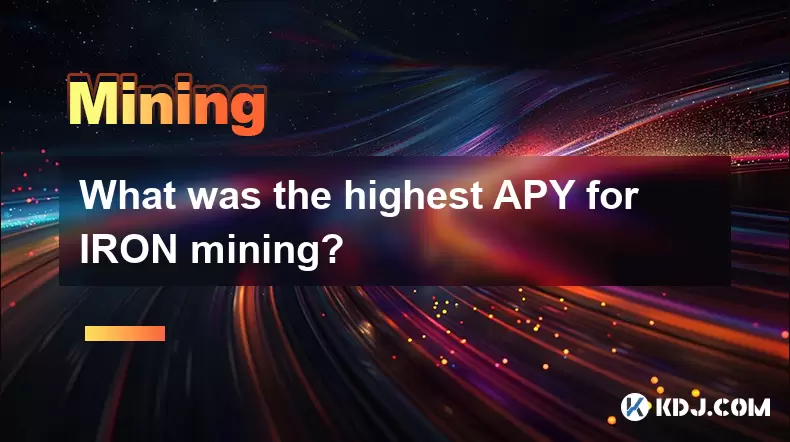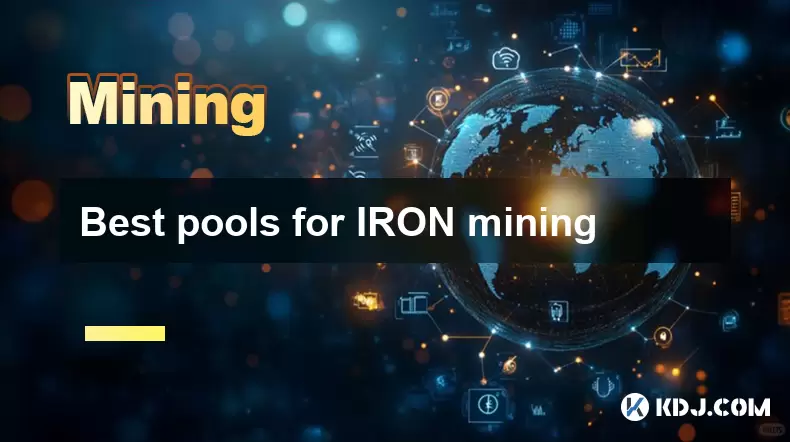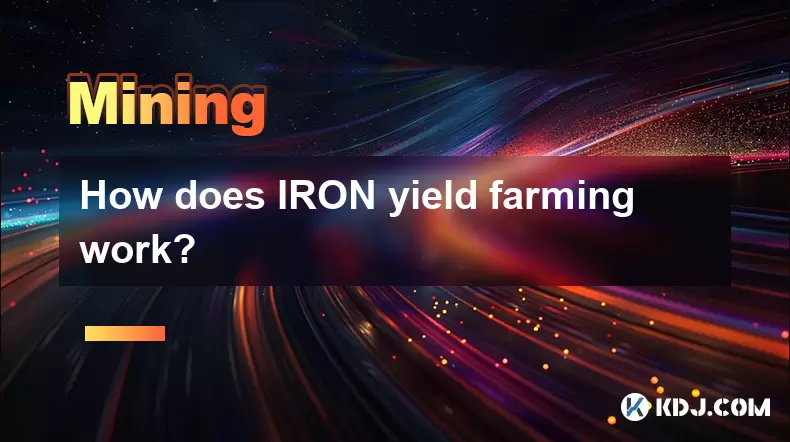-
 Bitcoin
Bitcoin $117500
1.68% -
 Ethereum
Ethereum $3752
3.35% -
 XRP
XRP $3.169
2.79% -
 Tether USDt
Tether USDt $1.000
0.02% -
 BNB
BNB $781.8
2.63% -
 Solana
Solana $186.9
4.52% -
 USDC
USDC $1.000
0.01% -
 Dogecoin
Dogecoin $0.2386
4.95% -
 TRON
TRON $0.3180
1.34% -
 Cardano
Cardano $0.8253
3.05% -
 Hyperliquid
Hyperliquid $44.88
6.59% -
 Stellar
Stellar $0.4452
7.25% -
 Sui
Sui $4.009
9.87% -
 Chainlink
Chainlink $18.37
4.97% -
 Hedera
Hedera $0.2699
13.91% -
 Bitcoin Cash
Bitcoin Cash $554.2
5.80% -
 Avalanche
Avalanche $24.18
4.47% -
 Litecoin
Litecoin $113.6
3.04% -
 Shiba Inu
Shiba Inu $0.00001409
6.01% -
 UNUS SED LEO
UNUS SED LEO $8.985
0.36% -
 Toncoin
Toncoin $3.316
7.35% -
 Ethena USDe
Ethena USDe $1.001
-0.01% -
 Uniswap
Uniswap $10.51
5.40% -
 Polkadot
Polkadot $4.107
4.42% -
 Monero
Monero $323.5
-2.62% -
 Dai
Dai $1.000
0.01% -
 Bitget Token
Bitget Token $4.566
3.18% -
 Pepe
Pepe $0.00001259
4.88% -
 Aave
Aave $299.6
4.42% -
 Cronos
Cronos $0.1345
6.71%
Why is ASIC mainly used for Bitcoin mining?
ASICs dominate Bitcoin mining due to their unmatched efficiency, high hash rates, and contribution to network security, despite high costs and rapid obsolescence.
Apr 17, 2025 at 10:22 pm

Why is ASIC mainly used for Bitcoin mining?
Bitcoin mining, a crucial component of the cryptocurrency ecosystem, relies heavily on specialized hardware known as Application-Specific Integrated Circuits (ASICs). These devices are tailored specifically for the task of mining Bitcoin, offering unmatched efficiency and performance. This article delves into the reasons why ASICs are predominantly used for Bitcoin mining, exploring their advantages, the evolution of mining hardware, and the implications for the broader cryptocurrency community.
The Efficiency of ASICs in Bitcoin Mining
ASICs are designed to perform a single task: to solve the complex mathematical problems required for mining Bitcoin. Their specialized nature allows them to achieve significantly higher hash rates compared to general-purpose hardware like CPUs and GPUs. This efficiency is critical in the competitive world of Bitcoin mining, where miners are constantly seeking to maximize their output while minimizing energy consumption and operational costs.
For instance, an ASIC designed for Bitcoin mining can achieve hash rates in the range of terahashes per second (TH/s), far surpassing the capabilities of CPUs and GPUs, which typically operate in the range of megahashes per second (MH/s) or gigahashes per second (GH/s). This immense increase in processing power directly translates to higher chances of successfully mining a block and earning the associated rewards.
The Evolution of Mining Hardware
The journey from using CPUs to ASICs for Bitcoin mining reflects the rapid technological advancements within the cryptocurrency space. Initially, Bitcoin mining was performed using CPUs, which were readily available and easy to use. However, as the network difficulty increased, miners turned to GPUs, which offered a significant boost in performance.
The next major leap came with the introduction of Field-Programmable Gate Arrays (FPGAs), which provided even better performance and energy efficiency than GPUs. However, it was the advent of ASICs that truly revolutionized Bitcoin mining. These devices were specifically engineered to execute the SHA-256 algorithm used in Bitcoin mining, offering unparalleled efficiency and power.
ASICs and the Bitcoin Network's Security
One of the primary reasons ASICs are favored for Bitcoin mining is their contribution to the security of the Bitcoin network. The high hash rates provided by ASICs ensure that the network remains secure against potential attacks. A higher hash rate means more computational power is required to alter the blockchain, making it more resistant to malicious activities such as double-spending attacks.
Moreover, the widespread adoption of ASICs has led to a more decentralized mining landscape. While concerns about centralization persist, the availability of ASICs from multiple manufacturers has enabled a broader range of participants to engage in mining, contributing to the overall robustness of the network.
Economic Implications of Using ASICs
The economic incentives for using ASICs in Bitcoin mining are substantial. The high efficiency of ASICs allows miners to achieve a better return on investment (ROI) compared to using less specialized hardware. This is particularly important in regions where electricity costs are high, as the energy efficiency of ASICs can significantly reduce operational expenses.
Furthermore, the competitive nature of Bitcoin mining has driven the development of increasingly sophisticated ASICs, leading to a continuous cycle of innovation and improvement. Miners who adopt the latest ASIC technology can maintain a competitive edge, securing more blocks and earning greater rewards.
Challenges and Considerations with ASICs
Despite their advantages, the use of ASICs for Bitcoin mining is not without challenges. The high initial cost of ASICs can be a barrier to entry for some miners. Additionally, the rapid pace of technological advancement means that ASICs can become obsolete relatively quickly, requiring miners to continually invest in new hardware to remain competitive.
Another consideration is the environmental impact of ASIC mining. The energy consumption associated with running large-scale ASIC mining operations has raised concerns about sustainability. Miners must balance the efficiency gains of ASICs with the need to minimize their environmental footprint, often by seeking out regions with abundant renewable energy sources.
The Impact of ASICs on Other Cryptocurrencies
While ASICs are primarily used for Bitcoin mining, their impact extends to other cryptocurrencies as well. Some cryptocurrencies have adopted ASIC-resistant algorithms to maintain a more level playing field for miners using CPUs and GPUs. However, the development of ASICs for these alternative algorithms is an ongoing challenge, reflecting the dynamic nature of the cryptocurrency mining landscape.
For instance, cryptocurrencies like Ethereum initially used algorithms designed to be ASIC-resistant. However, as technology advanced, ASICs were developed for these algorithms as well, prompting ongoing debates about the role of ASICs in the broader cryptocurrency ecosystem.
Frequently Asked Questions
Can ASICs be used for mining other cryptocurrencies besides Bitcoin?
Yes, ASICs can be used for mining other cryptocurrencies, but they are typically designed for specific algorithms. For example, ASICs designed for Bitcoin's SHA-256 algorithm are not suitable for mining Ethereum, which uses a different algorithm. However, some manufacturers have developed ASICs for other algorithms, such as those used by Litecoin and Dash.
How do I choose the right ASIC for Bitcoin mining?
Choosing the right ASIC involves considering several factors, including hash rate, energy efficiency, and cost. Research different models and compare their specifications. Look for reviews and performance data from other miners. Additionally, consider the electricity costs in your area, as this will impact the overall profitability of your mining operation.
What are the risks associated with investing in ASICs for Bitcoin mining?
The primary risks include the high initial cost, the potential for rapid obsolescence, and fluctuations in Bitcoin's price and mining difficulty. It's important to conduct thorough research and consider these factors before investing in ASICs. Additionally, staying informed about technological advancements and market trends can help mitigate these risks.
How does the use of ASICs affect the decentralization of Bitcoin mining?
The use of ASICs can both enhance and challenge the decentralization of Bitcoin mining. On one hand, the availability of ASICs from multiple manufacturers can promote a more decentralized mining landscape. On the other hand, the high cost of ASICs can lead to centralization, as only well-funded operations can afford the latest and most efficient hardware. Balancing these factors is crucial for maintaining the health and security of the Bitcoin network.
Disclaimer:info@kdj.com
The information provided is not trading advice. kdj.com does not assume any responsibility for any investments made based on the information provided in this article. Cryptocurrencies are highly volatile and it is highly recommended that you invest with caution after thorough research!
If you believe that the content used on this website infringes your copyright, please contact us immediately (info@kdj.com) and we will delete it promptly.
- UAE's Digital Asset Revolution: Stablecoin Regulations Take Center Stage
- 2025-07-26 10:40:11
- VIRTUAL Weekly Drop: Recovery Analysis and Privacy Push
- 2025-07-26 08:50:11
- Bitcoin, Cynthia Lummis, and Freedom Money: A New Yorker's Take
- 2025-07-26 08:30:11
- Pudgy Penguins, Crypto Prices, and the Altseason Buzz: What's the Hype?
- 2025-07-26 10:51:48
- Crypto Gainers, Top 10, Week 30: Altcoins Buck the Trend
- 2025-07-26 08:55:12
- Solana, Altcoins, and Coinbase: What's the Buzz?
- 2025-07-26 06:30:12
Related knowledge

What was the highest APY for IRON mining?
Jul 23,2025 at 05:14am
Understanding IRON Token and Its Mining MechanismThe IRON token is a stablecoin that operates within the Iron Finance ecosystem, primarily on blockcha...

What is impermanent loss in IRON pools?
Jul 23,2025 at 09:00am
Understanding Impermanent Loss in the Context of IRON PoolsImpermanent loss is a phenomenon that affects liquidity providers in decentralized finance ...

How to claim rewards from IRON mining?
Jul 23,2025 at 02:21pm
Understanding IRON Mining and Reward MechanismsIRON Finance operated as a decentralized finance (DeFi) protocol on the Polygon and Binance Smart Chain...

How to start mining IRON on Polygon?
Jul 23,2025 at 08:00pm
Understanding IRON and Its Role on PolygonIRON is a decentralized, algorithmic stablecoin designed to maintain a 1:1 peg with the US dollar. It operat...

Best pools for IRON mining
Jul 26,2025 at 03:56am
Understanding IRON Mining and Its Unique MechanismIRON (Iron Finance) was a decentralized finance (DeFi) project that aimed to create a multi-chain al...

How does IRON yield farming work?
Jul 23,2025 at 10:14pm
Understanding IRON Yield Farming and Its Core MechanismIRON yield farming is a decentralized finance (DeFi) strategy that allows users to earn rewards...

What was the highest APY for IRON mining?
Jul 23,2025 at 05:14am
Understanding IRON Token and Its Mining MechanismThe IRON token is a stablecoin that operates within the Iron Finance ecosystem, primarily on blockcha...

What is impermanent loss in IRON pools?
Jul 23,2025 at 09:00am
Understanding Impermanent Loss in the Context of IRON PoolsImpermanent loss is a phenomenon that affects liquidity providers in decentralized finance ...

How to claim rewards from IRON mining?
Jul 23,2025 at 02:21pm
Understanding IRON Mining and Reward MechanismsIRON Finance operated as a decentralized finance (DeFi) protocol on the Polygon and Binance Smart Chain...

How to start mining IRON on Polygon?
Jul 23,2025 at 08:00pm
Understanding IRON and Its Role on PolygonIRON is a decentralized, algorithmic stablecoin designed to maintain a 1:1 peg with the US dollar. It operat...

Best pools for IRON mining
Jul 26,2025 at 03:56am
Understanding IRON Mining and Its Unique MechanismIRON (Iron Finance) was a decentralized finance (DeFi) project that aimed to create a multi-chain al...

How does IRON yield farming work?
Jul 23,2025 at 10:14pm
Understanding IRON Yield Farming and Its Core MechanismIRON yield farming is a decentralized finance (DeFi) strategy that allows users to earn rewards...
See all articles

























































































